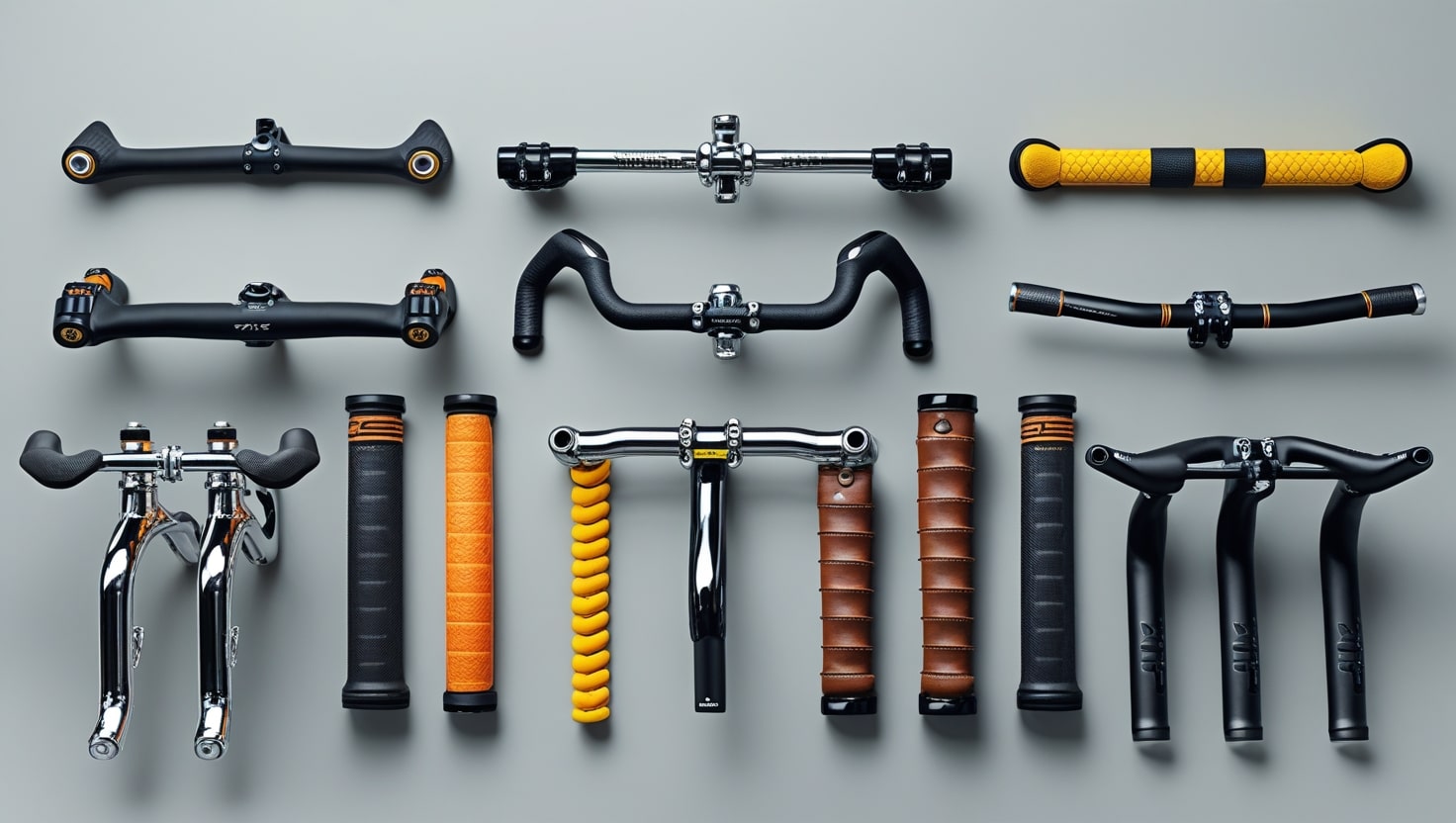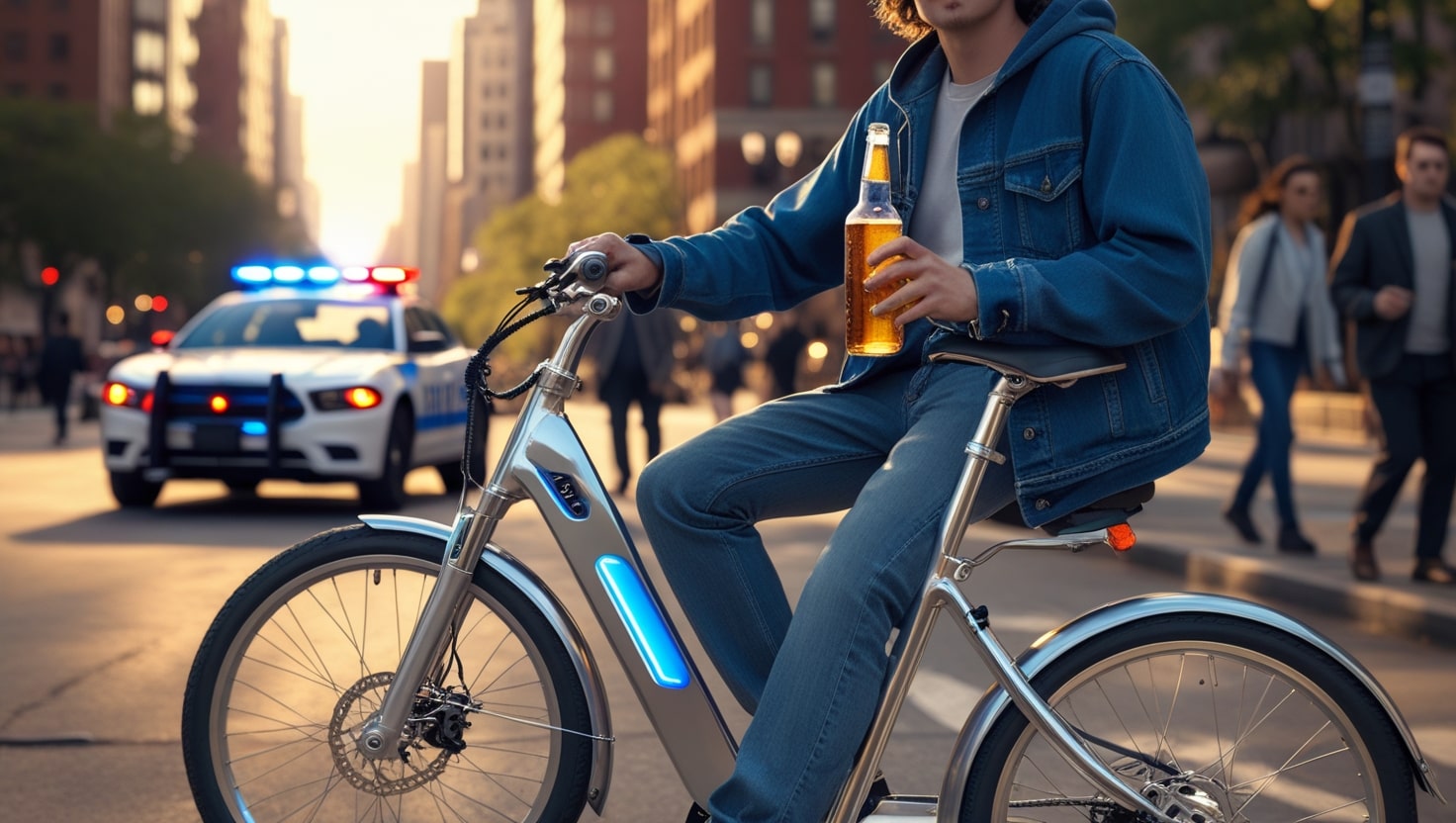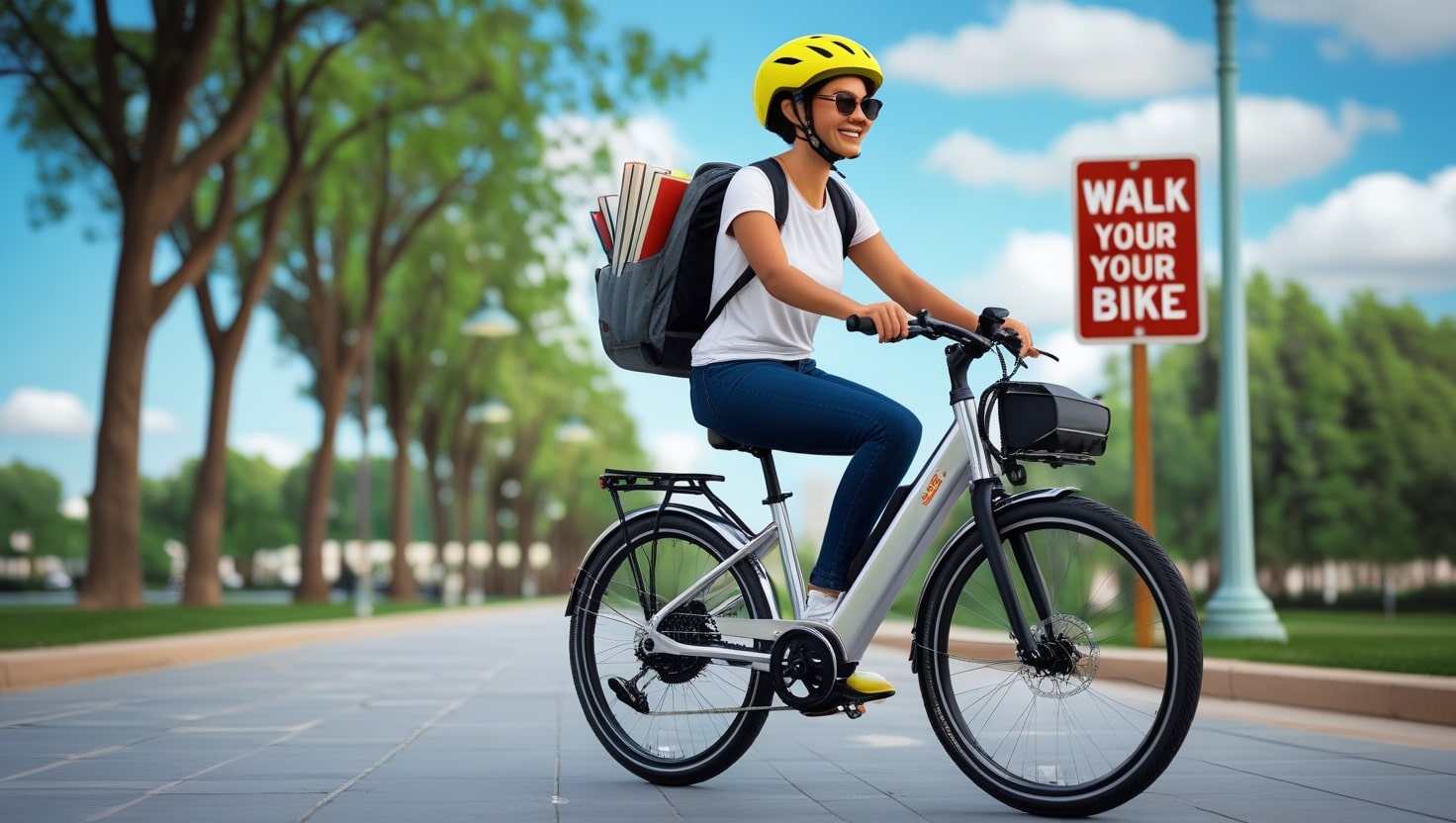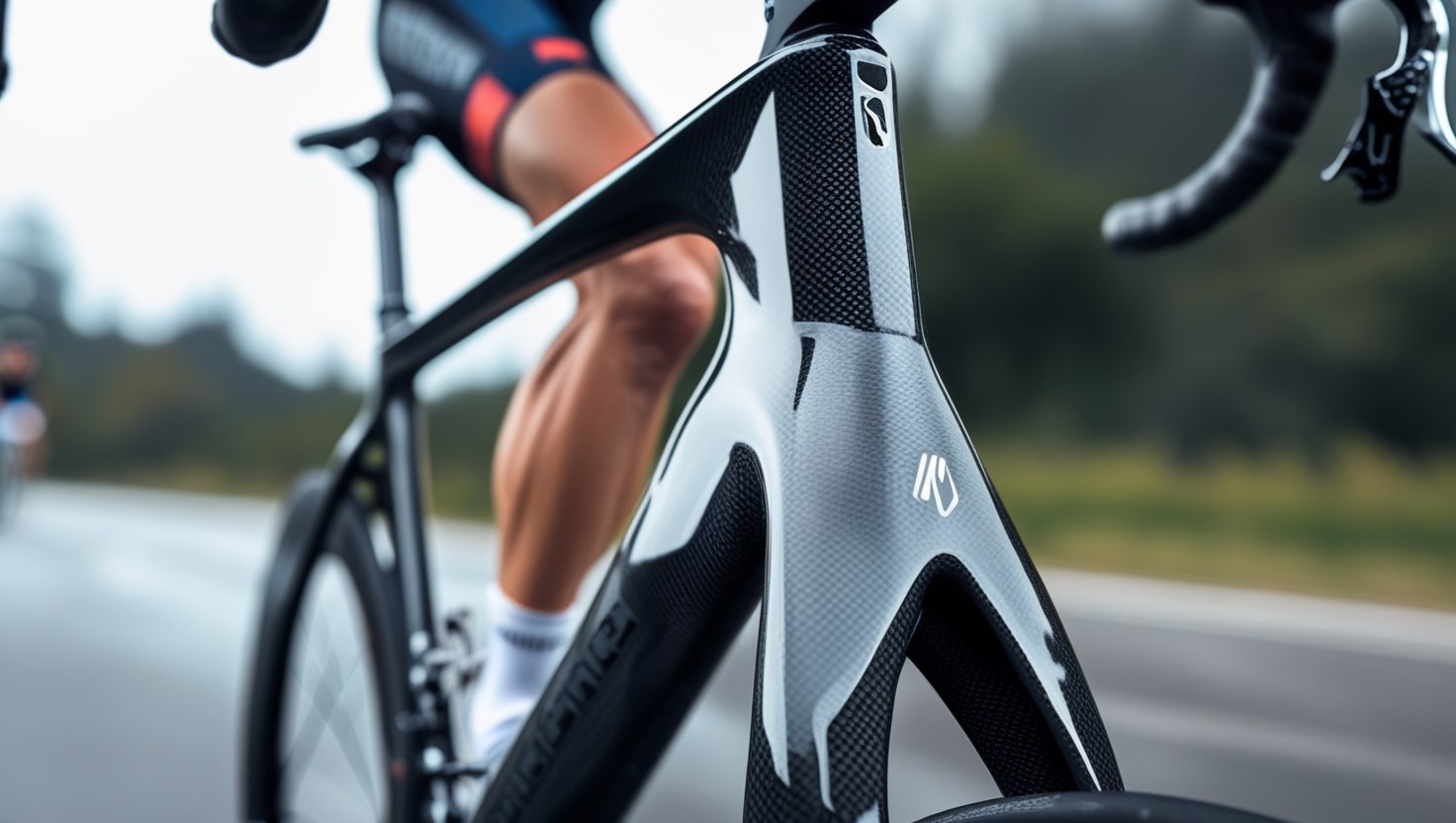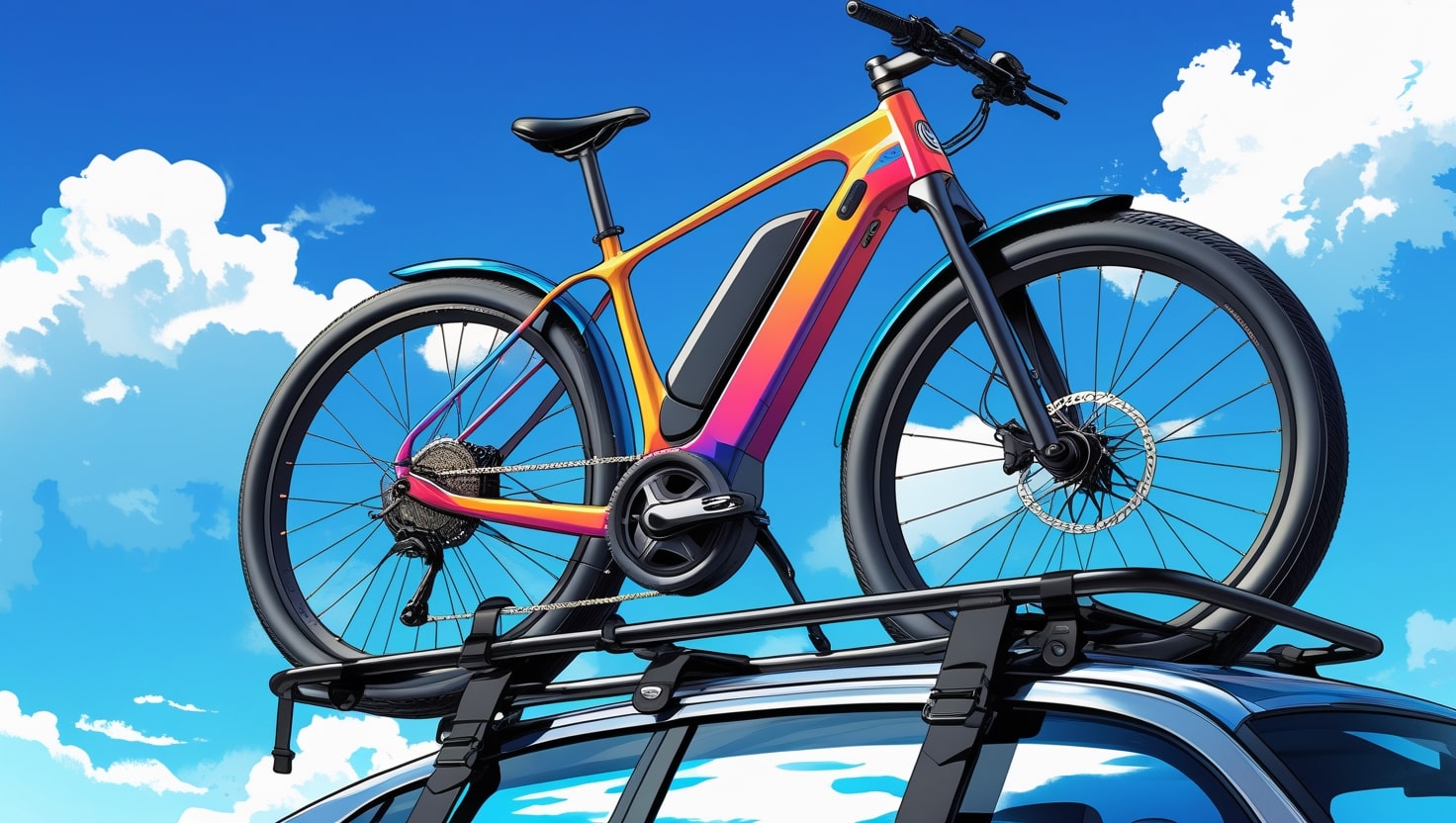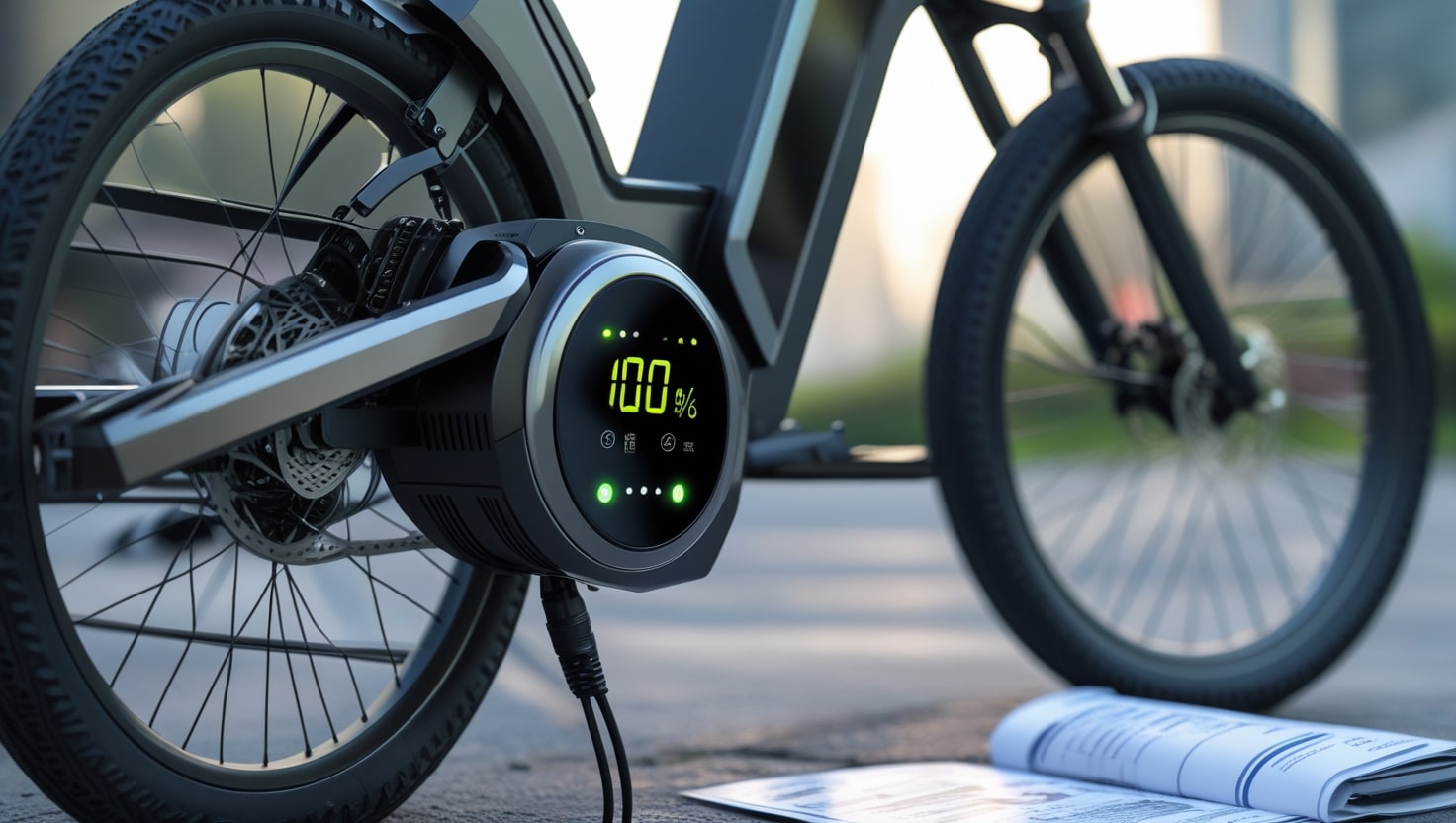When I first started road cycling, I didn’t think much about handlebars—they were just another component on the bicycle. But after a few intense trails and city rides, I quickly realized how much influence they have on my experience. Whether you’re taking on rough terrain with an electric bike, or navigating sharp turns in mountain biking, the control and comfort provided by the right handlebar shape can make or break your ride. The role handlebars play in managing performance and rider efficiency is huge, especially as you transition between styles of riding.
Choosing from the different types of bike handlebars isn’t just about looks—each has unique qualities and applications depending on the types of cycling you do. Your handlebar selection affects posture, speed, and how long you can ride without strain. I’ve tried many setups over the years, and I’ve learned that the right fit brings better comfort, smoother handling, and a greater sense of adventure.
Flat Handlebars
One of the first types of handlebars I ever tried was the flat handlebars, and their simple, linear setup immediately stood out. On both mountain bikes and hybrid bikes, these bars offer a wide grip that brings real stability and control when traversing trails or weaving through city streets.
They’re an essential feature for many bicycles and especially popular among urban commuters who need a dependable handlebar for everyday riding. With a forward-leaning posture, they help distribute your weight better across the bike, decreasing strain and improving balance, especially when going off-road.
What I like most is how the design of flat bars supports a relaxed position while still keeping the rider alert. This approach suits users looking for both comfort and confidence on their daily routes. Whether you’re new to cycling or switching styles, the benefits of flat bars lie in their practical style, trusted by many for their convenience and an almost unmistakable versatility.
Drop Handlebars
When I got serious about road bikes, switching to drop handlebars was a game-changer. Their distinctive curved shape not only adds style but also serves a purpose. With multiple hand positions like tops, hoods, drops, and hooks, they let riders adapt their grip for any condition—from city commutes to open road race events. These bars are integral to competition cycling because they promote a low, aggressive posture, which helps reduce air resistance and achieve better speed.
On long rides, drop bars are especially beneficial. Their aerodynamic design gives cyclists an edge, whether they’re sprinting on flats or climbing steep hills. I’ve found the ability to shift between positions not only helps with efficiency but also minimizes fatigue. For those doing long-distance rides, this variety becomes an essential feature. The way they’re constructed—often using lightweight materials like aluminum or carbon fiber—helps decrease the overall weight of the bike while maintaining strength.
What makes them stand out is the smart combination of comfort and performance. Whether you’re pushing hard in a race or just trying to maintain a steady pace over tough distances, drop bars truly contribute to the bike’s overall ride quality. Their reduction in drag and optimized control enable cyclists to ride longer and harder.
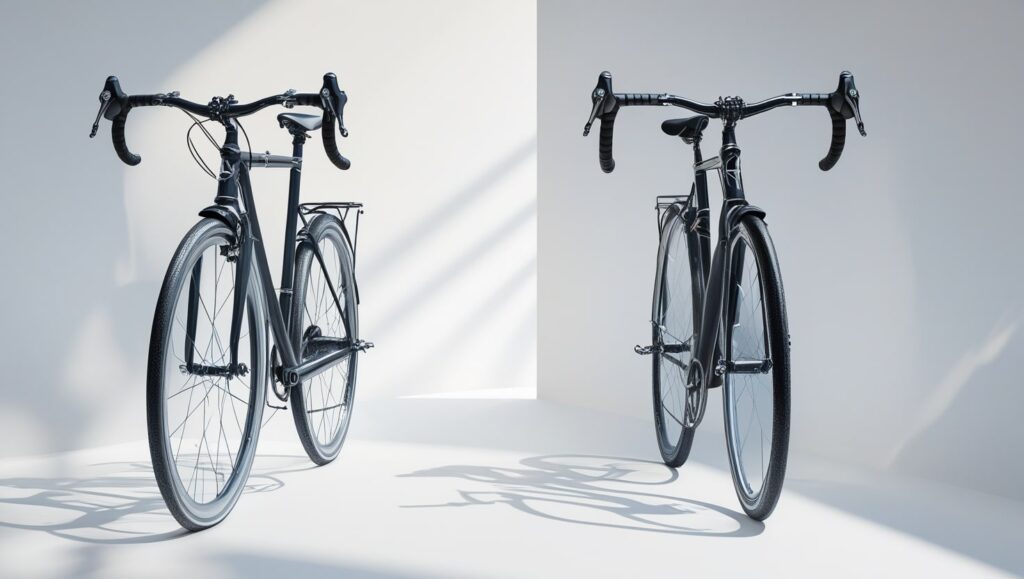
Riser Handlebars
From my own mountain biking experience, switching to riser handlebars was a real upgrade in comfort and handling. These bars feature a slight upward bend, raising the grip position and allowing for a more erect, comfortable posture. They’re especially common on mountain trails and daily commutes, where maintaining control and visibility is key. I’ve found their design to be especially effective in helping the rider spot and avoid obstacles, whether weaving through traffic-laden streets or rocky terrain.
What stands out is the stability and maneuverability riser bars promote. With enhanced leverage and wide grips, they make navigating steep inclines, sharp corners, and even tight technical sections much easier. I’ve used them on bikes equipped for both city and trail, and the result is smoother, safer rides. Whether you’re going uphill or trying to traverse challenging routes, the leverage and upright position offer better balance and fast reaction time in tricky spots.
They also help maintain back and shoulder alignment over longer distances, providing relief from strain during extended commutes or weekend adventures. This feature is especially helpful for cyclists who value comfort just as much as control. In urban environments, their ability to improve visibility and offer a clear path through traffic makes them a trusted means of getting around safely and with ease.
Bullhorn Handlebars
When I first moved into urban riding, I needed a handlebar that felt both lightweight and aggressive. That’s when I discovered bullhorn handlebars. Their distinctive appearance, marked by a sharp curve and forward extension, creates a strong aerodynamic stance that lets riders lean into speed.
Popular with enthusiasts of fixed gear and fixed-gear bikes, these bars truly prioritize performance. Whether on track bikes or during time trials, bullhorns are utilized to decrease wind resistance and enhance body position, leading to greater efficiency.
The compact and sleek design also makes them suitable for fast-paced environments. I’ve found their dimensions ideal for narrow spaces, and their easy storage is a bonus when traveling light. Despite their minimal footprint, they combine strength with agility—helping riders maintain control even in intense stances. These bars are especially excellent for those looking to create a more powerful and lower riding posture, boosting speed and confidence on the go.
What’s great about bullhorns is their versatility in applications. The angled shapes and various hand positions allow you to switch grips to avoid fatigue and stay comfortable during long rides.
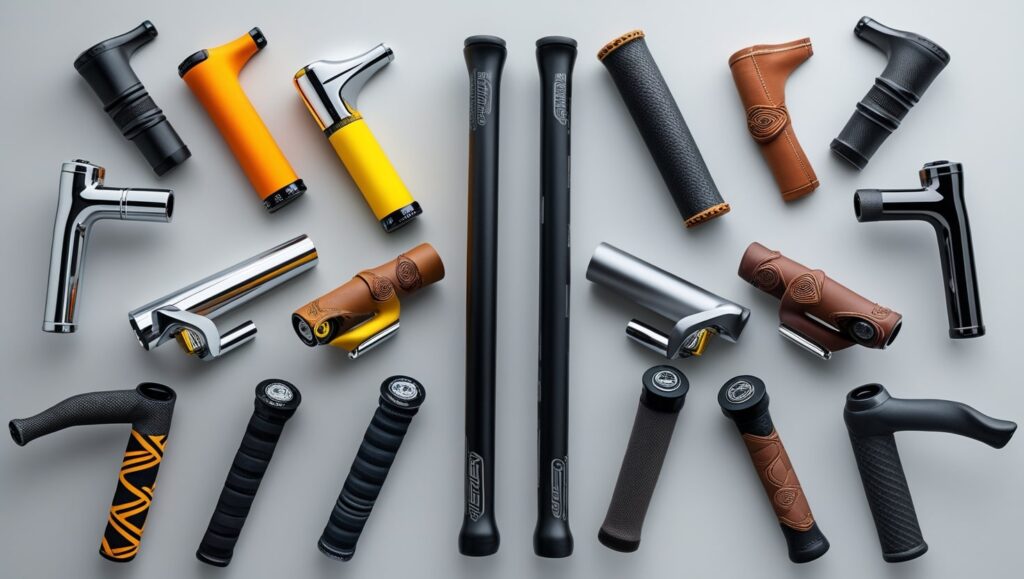
Aero Handlebars
When I started training for triathlons and time trials, switching to aero handlebars made a huge difference. These bars are specially engineered to reduce wind resistance and drag, giving cyclists a serious edge over long distance rides. They provide an efficient riding position by keeping the body low and close to the frame thanks to their sleek design and thin profile. This setup doesn’t just look fast—it helps conserve energy and decrease fatigue, especially arm fatigue, on extended rides.
From my experience, aerobars are not just an upgrade—they’re an essential part of any serious bike setup for competitions. Whether you’re a weekend warrior or among elite time trial cyclists, you’ll quickly recognize the benefits they provide. Aero bars are specifically designed to encourage a forward-leaning posture that minimizes frontal area, helping you increase speeds while staying stable. Their lightweight construction and ergonomic layout make them the preferred choice for those aiming to improve performance at all levels.
They’re more than just trendy gear—they’re indispensable components for triathletes focused on making every second count. Their thoughtful design supports your journey with features that go well beyond just speed, like the ability to conserve energy over time.
Butterfly Handlebars
On my longest cycling journeys, I’ve found that butterfly handlebars—also commonly known as trekking handlebars—are the most beneficial for endurance and adaptability. They’re the ideal setup for touring cyclists taking on multi-day bicycle trips, offering numerous hand positions to ease pressure during extended riding.
These bars not only improve comfort but also reduce fatigue in your hands, wrists, shoulder, and back over long distances. Their ergonomic design and upright posture help riders spend long hours on the road without feeling worn out.
What makes these bars stand out is their flexibility and adjustability. You can adapt your position based on riding conditions or personal preferences, which is especially helpful on mixed terrain. From my experience, butterfly bars also offer plenty of room to attach essential accessories like handlebar bags, GPS devices, and lights—making them a smart component for gear-heavy trips. This extra space enables riders to organize their setup with ease and efficiency.
These bars are also advantageous for managing body strain during extended rides. The freedom they allow supports a relaxed riding posture, which provides relief when navigating long and winding routes.
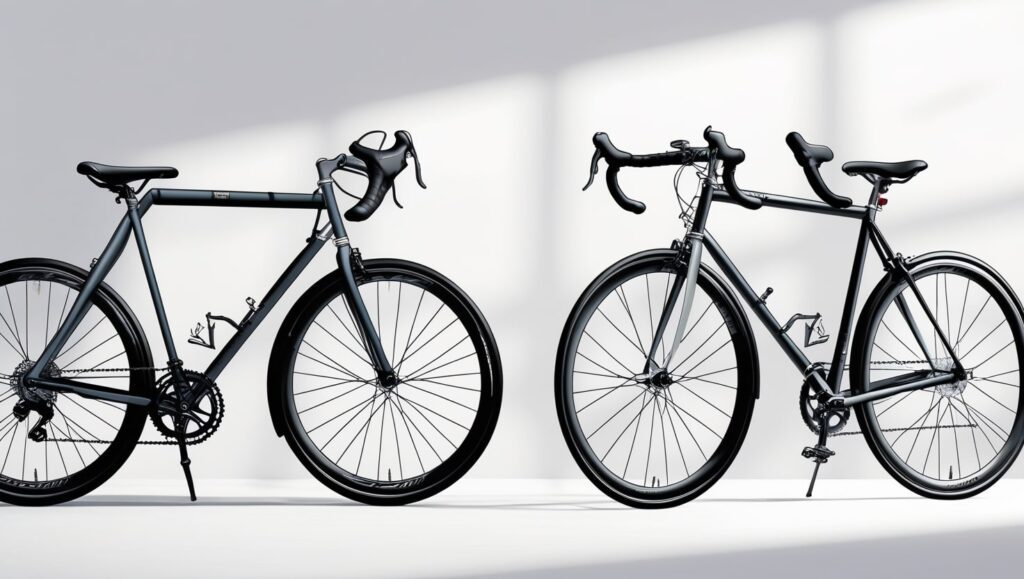
Mustache Handlebars
There’s something timeless about mustache handlebars—their gentle ends and shape resemble a curled mustache, giving off a nostalgic vibe. I’ve found them especially useful on touring bikes and vintage builds where both styling and functionality matter. They’re not just about looks though; their design supports an upright posture, making them an ideal solution for riders who prefer leisure and control over aggressive speed. They also combine well with classic bike designs, adding a retro charm many riders appreciate.
On long rides, mustache shapes give you a variety of hand positions, which help reduce fatigue in the wrist and palm. This is critical for long-distance cycling where pressure builds up quickly. The comfort they offer is beneficial, especially if you’re riding casually or taking extended routes.
Their true value lies in the combination of relaxed handling and aesthetic appeal. Whether you’re building a classic tourer or need something ergonomic for weekend strolls, these bars allow you to create a setup that feels easy and looks great. Mustache handlebars are a rare combination of critical comfort and versatile applications, making them a choice you won’t regret if you want both form and function in one setup.
Cruiser Handlebars
If your goal is to prioritize comfort over speed and performance, then cruiser handlebars are the perfect fit. With their wide, gently curving design, they offer a naturally relaxed riding position that’s especially great for leisurely rides along beaches or through cities.
I’ve used them on my own bike when I just want to relax and enjoy the journey, without worrying about time or intensity. These bars allow for upright arm positioning, which helps relieve strain in the back and shoulder, and that’s been a game-changer on longer scenic rides.
Cruiser handlebars enable better control at low speeds, making them an effective feature for riders seeking to reduce fatigue and discomfort. They also make it easy to create a smoother, more stable ride experience for casual biking. The grips and support they provide feel intuitive and natural, and I immediately recognized how effortlessly they work after my first ride.
BMX HANDLEBARS
When it comes to BMX street or BMX racing, the demands on your handlebars are like no other. Most riding is done out-of-the-saddle, where hard pedaling, sudden pulling, and landing from a jump all combine to exert intense torque and impact. That means the bars must be able to withstand punishment from multiple directions—just like your crankset, crank, and chain. From my experience, your choices here truly matter: chromoly, aluminum, or carbon fiber. Each comes with trade-offs in weight, strength, and reliability.
You’re generally better off with chromoly or aluminum, especially since taking a spill is part of the routine. Although chromoly is stronger, lighter, and has a high strength-to-weight ratio than steel, it can still break easily under severe strain. Aluminum is light, strong, and popular among riders for its balance of stiffness and durability. Carbon fiber might seem appealing, but after a hard landing, even a seemingly undamaged bar could fail from hidden internal cracks—without warning.
CARBON FIBER HANDLEBARS
This part starts with an outline of the newest developments in carbon fiber handlebars. Next, it has answers to frequently asked questions about important issues related to carbon bars.
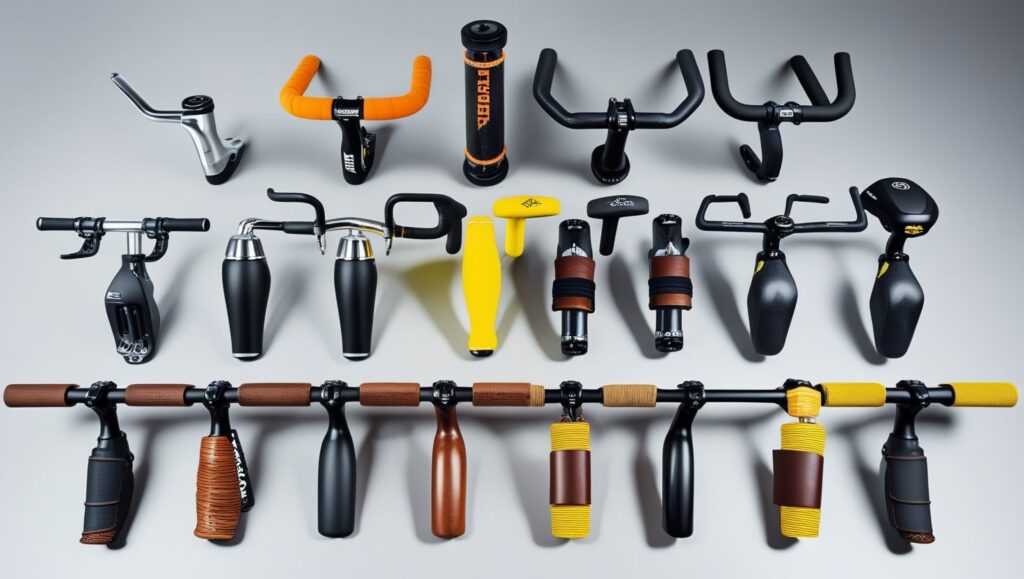
Integrated Cable Routing
One of the sleekest features I’ve come to appreciate on modern bikes, especially road bikes, is integrated cable routing. This arrangement gives the bike a neat, streamlined appearance by moving the brake and derailleur wires from outside clutter to inside the frame and components.. The process begins at the handlebars, where cables run directly from the shifter, pass through small openings, and enter a carbon handlebar. From there, the cable housings continue to the center of the bar, then exit into a specially designed stem.
The stem includes portals that help channel the cables through the headset, letting them fit seamlessly into the head tube and finally down into the down tube. This type of routing not only improves aerodynamics but also protects the cables from wear and tear. I’ve set up several bikes like this, and the way the cables disappear into the bar, pass through the stem, and reappear near the crank area is both functional and visually impressive.
Are Carbon Fiber Bars More Comfortable?
From my experience, carbon handlebars can definitely improve the ride feel, especially on rough road surfaces. Compared to aluminum, which offers less absorption and a much stiffer feel, carbon tends to flex slightly under stress, helping dampen vibrations. While even the stiffest component like a frame may allow some give, carbon bars absorb more shock than cranks or stems, which are—perhaps with rare exception—not designed to flex as much.
Are Carbon Fiber Handlebars Safe?
Carbon handlebars are known for being lighter, but that can vary—even marginally—based on the quality of carbon fibers, the layup, and whether premium types like Toray are used. Carbon bars were originally constructed with a base layer of aluminum and then wrapped in a 3K weave, making them incredibly reliable.
Today, if you’re riding with 100% carbon bars, safety depends on their condition after a crash. Since damage can occur directly to the bars and remain hidden as internal cracks, the only way to be truly sure they’re safe is to have them X-rayed. It’s a smart move if your handlebars take hard impacts, even if they look fine from the outside.

When Should You Replace Carbon Handlebars?
You should think about your handlebars being possibly damaged if you crash and they take the impact.
Are Carbon Bars Worth it?
If you’re a serious rider with the intent to turn professional or compete regularly, investing in a carbon handlebar can probably be worth it. But for most cyclists, the difference between a carbon and an alloy model is marginal, especially when it comes to weight reduction. It’s important to remember that while carbon bars may look sleek, the performance boost is small unless you’re pushing elite-level efforts.
On the other hand, alloy bars are more forgiving after a crash—they may come out scratched or perhaps slightly dented, but they don’t pose the potential failure risk carbon does. If your budget is tight or you’re not chasing podiums, there’s no real concern sticking with a good-quality alloy model.
Conclusion
Selecting the right handlebars can make an enormous difference in your overall cycling experience, whether you’re hitting mountain trails, competing in road races, or just enjoying effortless rides as one of many casual riders. Your choice of bike handlebar styles—from flat handlebars to aero handlebars—should reflect your riding needs and preferences, as each style offers distinct advantages.
Small changes in hand position or minor adjustments can have a big influence on both comfort and performance. With a bit of knowledge, you can enhance how your bike feels beneath you and make a personal statement that matches your goals. The key is choosing a setup that’s suitable for your specific needs and the factors that matter most in your day-to-day rides.
Related: Do Bikes Have Weight Limits?
FAQs
What are the most common types of bike handlebars?
The flat, drop, riser, and bullhorn handlebar types are the ones that are used most often.
Why are aero handlebars popular among competitive cyclists?
With aero handlebars, wind resistance is lower, which increases speed and efficiency.

